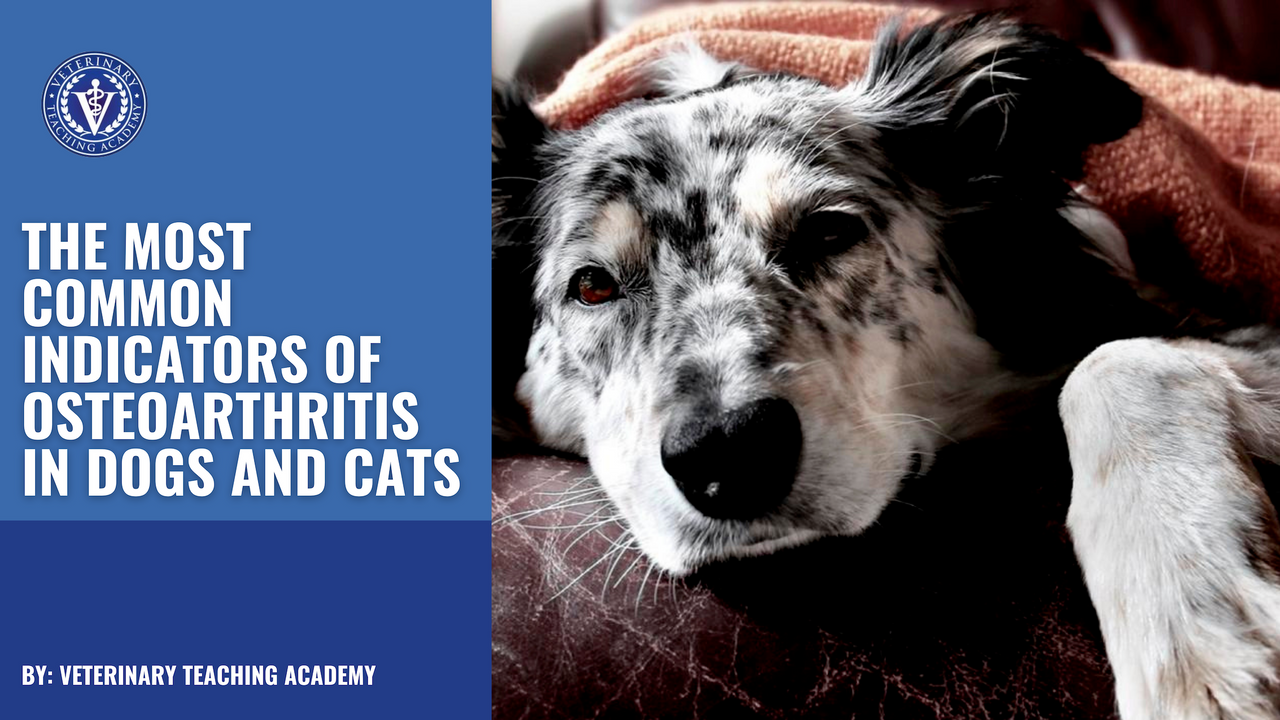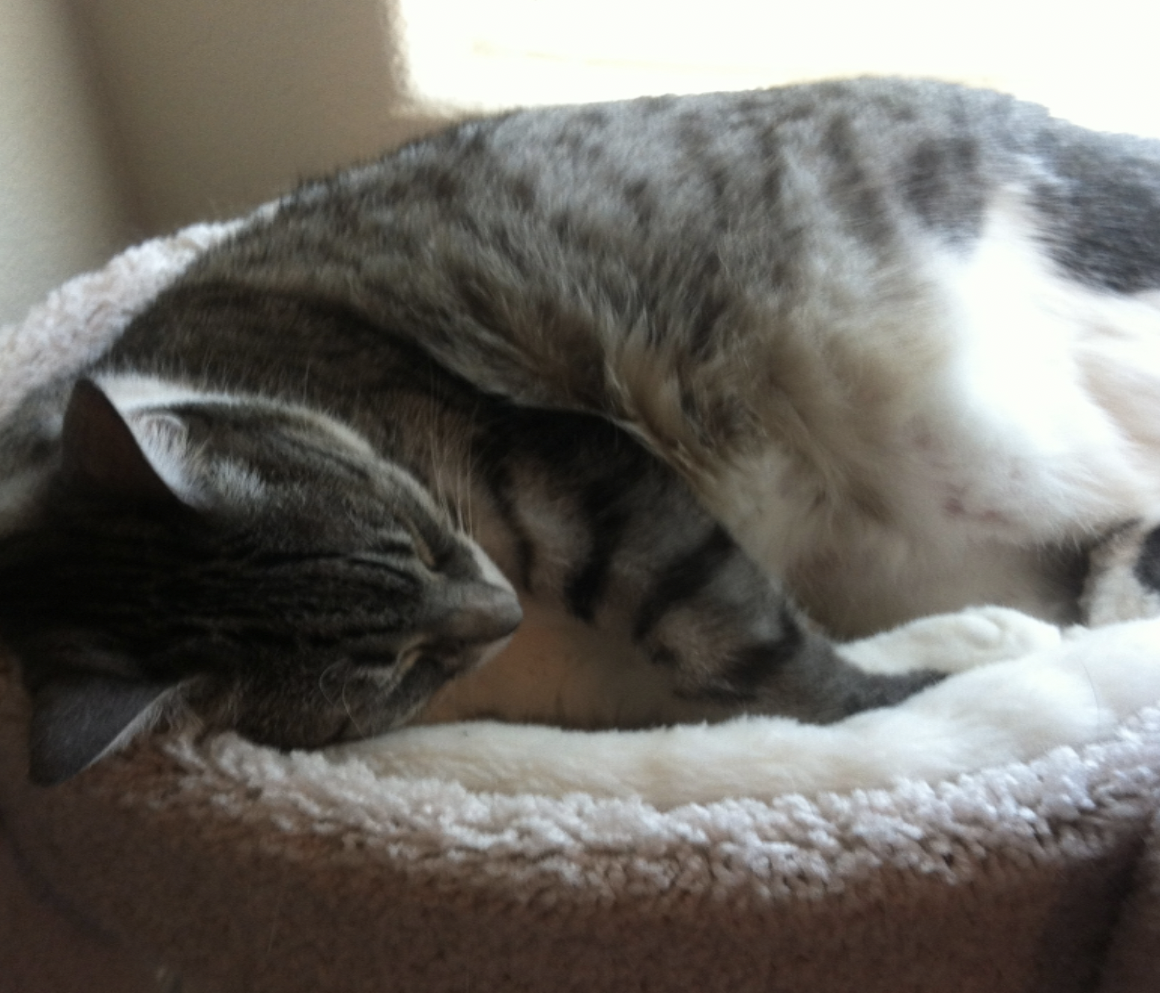The Most Common Indicators of Osteoarthritis in Dogs and Cats
Jan 10, 2020
Most Common Indicators in Dogs:
Osteoarthritis in dogs is typically much more obvious than in cats. We see our patients limping, having difficulty walking, or there is visible stiffness in the legs when getting up. This stiffness is often resolved with mild to moderate activity and worsens after rest. We also hear from our clients that our patient is having difficulty going up or down stairs. Difficulty going up stairs indicates osteoarthritis is present in the hind limbs, and difficulty going down stairs suggests osteoarthritis in the forelimbs.
The Most Common Indicators in Cats:
Let’s talk about our feline patients specifically for a moment. One of the first indicators of osteoarthritis in cats is difficulty getting into the litter box. Another sign is urinating or defecating outside but near the litter box. An unwillingness to jump or obvious trouble in doing so is another symptom. Most owners just call this “old age.”
Pain and disability in cats is more difficult to assess than in dogs. Why? We often take our dogs for walks or play with them, and we can more readily see if they’re impaired or they don’t want to walk or play as long as they used to. Cats are much more sedentary—they sleep all day, they’re more active at night, and we generally don’t do activities with them like we do with dogs. Also, cats are pretty stoic.
For these reasons, osteoarthritis is often overlooked or not even considered in cats. This needs to change. We practitioners need to assess all our feline patients for osteoarthritis and begin them on treatment—preferably nutraceuticals—before the condition worsens. As it has been shown that 90% of cats over the age of 10 years have osteoarthritis in at least one joint.
© Author: Dr. John | Veterinary Teaching Academy
